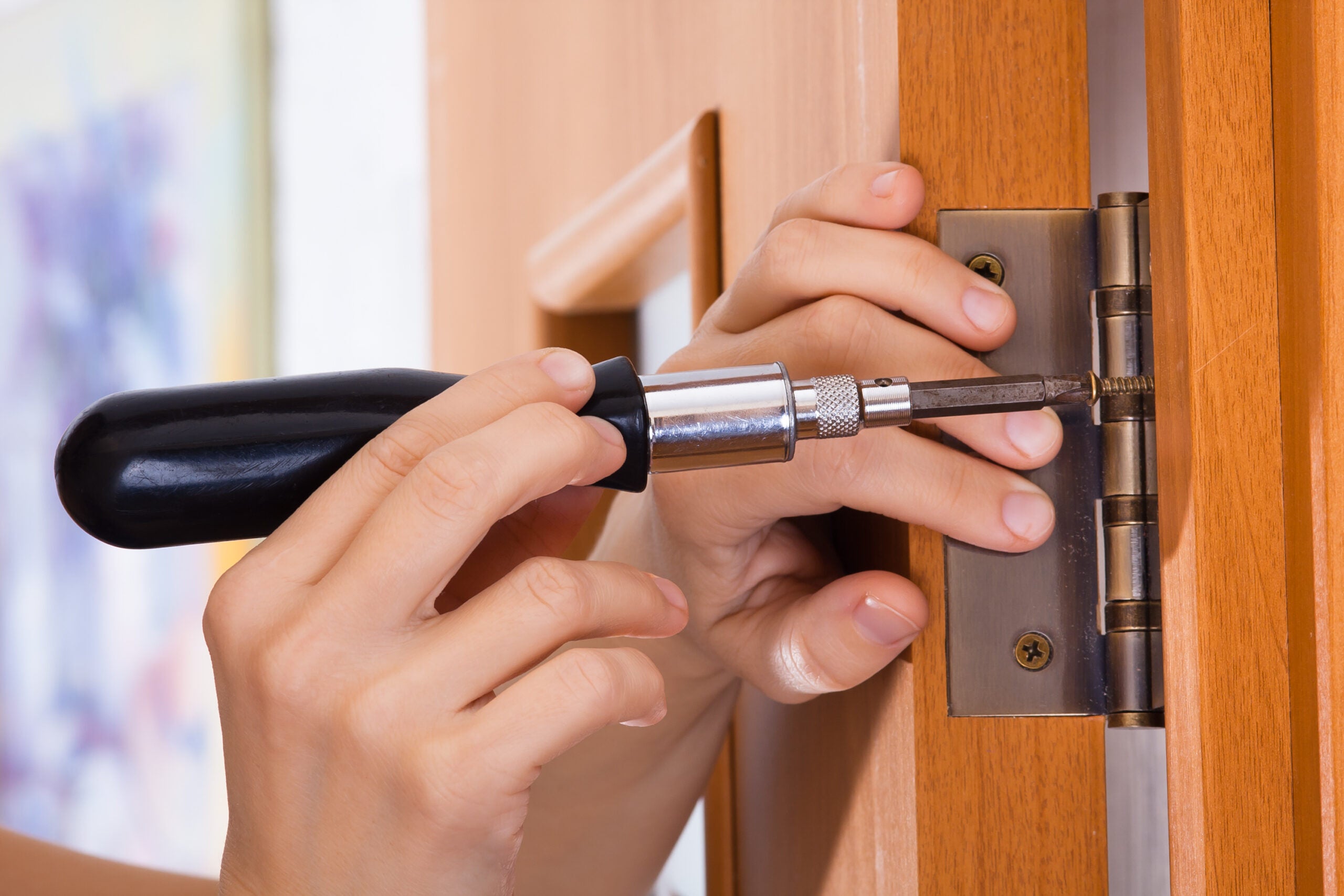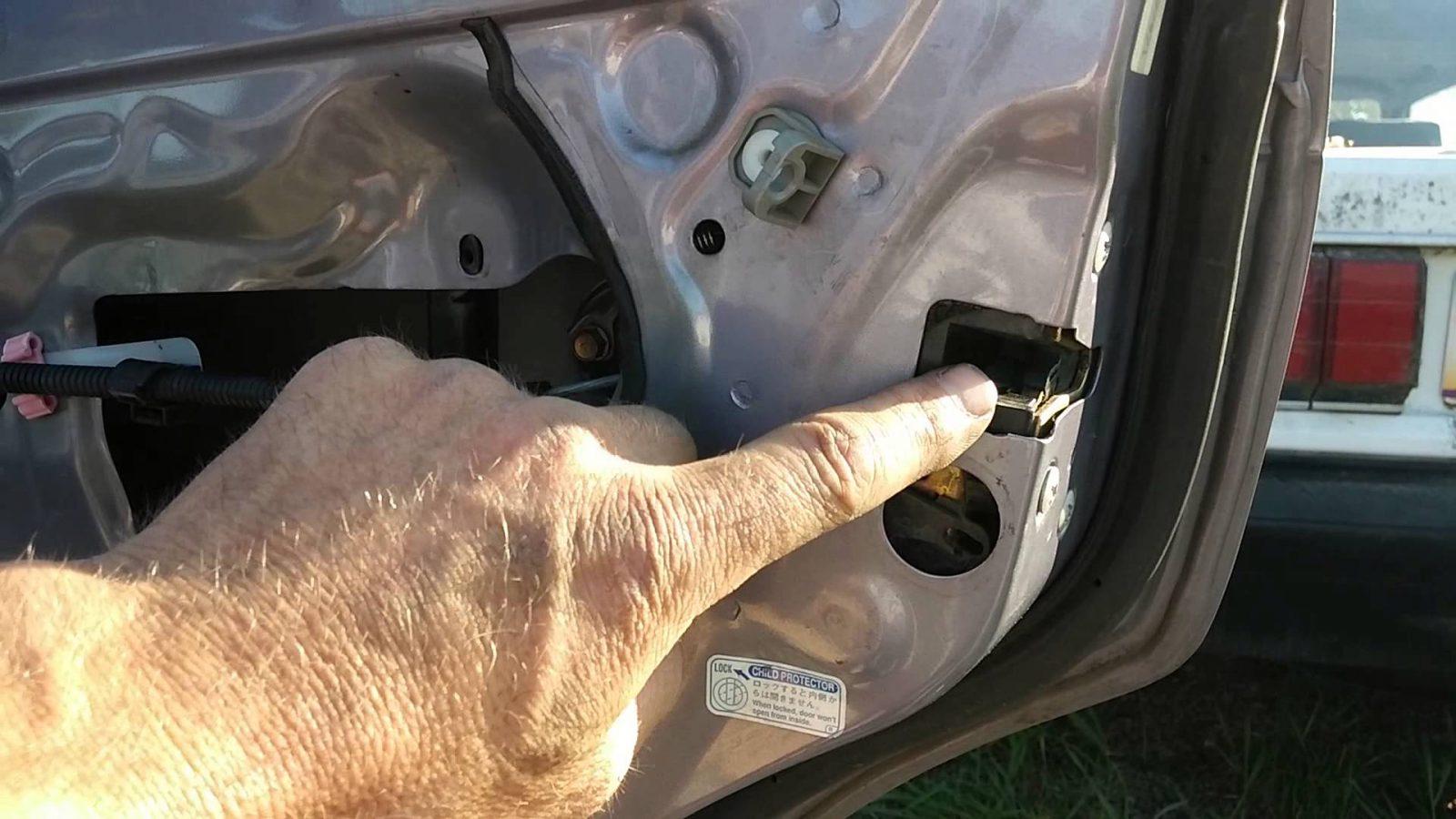Common Causes of Kitchen Cabinet Door Problems: Kitchen Cabinet Door Won T Stay Open

Kitchen cabinet doors that won’t stay open are a common frustration. More often than not, the culprit lies with the hinges. Understanding the different types of hinges and how they work is key to diagnosing and fixing the problem.
Hinge Issues and Their Causes
The most frequent reason kitchen cabinet doors refuse to stay open is due to problems with their hinges. These problems can range from loose screws to damaged or worn-out hinge components. Over time, the constant opening and closing of cabinet doors puts stress on the hinges, leading to these issues. Cabinet weight, frequency of use, and even humidity can all contribute to hinge deterioration.
Common Hinge Types and Their Susceptibility
There are several types of hinges used on kitchen cabinets, each with its own strengths and weaknesses concerning their tendency to fail and cause doors to not stay open.
| Hinge Type | Description | Susceptibility to Door Not Staying Open | Repair Solutions |
|---|---|---|---|
| Full Overlay Hinge | Completely hides when the door is closed. | Moderately susceptible; screw loosening is common. | Tighten screws, replace worn hinges. |
| Half Overlay Hinge | Partially visible when the door is closed. | Moderately susceptible; similar to full overlay hinges. | Tighten screws, replace worn hinges. |
| Inset Hinge | Hinges are completely concealed within the cabinet frame. | Less susceptible to this specific problem, but still prone to wear and tear. | Careful adjustment and potentially replacement. |
| European Hinge | Small, cup-shaped hinges mounted on the inside of the cabinet door and frame. | Moderately susceptible; can become misaligned or loosen. | Adjust screws, replace worn hinges. |
Checking for Loose Screws or Damaged Hinges
Before attempting any repairs, carefully inspect the hinges.
- Visual Inspection: Look for any obvious signs of damage, such as bent or broken hinge arms, stripped screw holes, or excessive wear and tear.
- Screw Tightness Check: Using a screwdriver, check the tightness of all screws on both the door and cabinet sides of each hinge. If any screws are loose, tighten them securely.
- Hinge Movement Test: Gently try to move the hinge to check for excessive play or looseness. If there is significant movement, the hinge may need replacing.
- Door Alignment Check: Ensure the door is properly aligned within the cabinet frame. Misalignment can put extra stress on the hinges.
Troubleshooting Flowchart
This flowchart will guide you through the process of identifying the problem:
- Is the door sagging? Yes: Check hinge screws, replace hinges if necessary. No: Proceed to step 2.
- Are the hinge screws loose? Yes: Tighten screws. No: Proceed to step 3.
- Are the hinges damaged? Yes: Replace hinges. No: Check for other potential issues (e.g., cabinet frame warping).
Repairing and Adjusting Cabinet Doors
Fixing a kitchen cabinet door that won’t stay open often involves simple repairs and adjustments. A little DIY can save you the cost of a professional and give you a sense of accomplishment. This section will guide you through common fixes, from tightening loose screws to replacing hinges.
Tightening Loose Screws on Cabinet Hinges
Loose screws are a frequent culprit behind misbehaving cabinet doors. Over time, vibrations and the weight of the door can loosen them. Before you resort to replacing hinges, always check the screws first. Use a screwdriver that precisely fits the screw head to avoid stripping the screw. Start by gently tightening the screws. If the screw holes are stripped, you can try to fill them with wood glue and toothpicks, allowing it to dry before re-inserting the screw. For more severe stripping, you may need to use slightly larger screws, carefully pre-drilling pilot holes to avoid splitting the wood.
Replacing Worn-Out or Damaged Hinges
If tightening screws doesn’t solve the problem, the hinges themselves might be worn out or damaged. This is especially common with older cabinets or those that have been subjected to heavy use. Replacing hinges is a straightforward process. First, carefully remove the old hinges by unscrewing them from both the door and the cabinet frame. Take note of the hinge placement and type before removing them for easy replacement. Then, install the new hinges in the same positions, ensuring they are properly aligned and securely fastened. The type of hinge will dictate the specific installation method; refer to the hinge’s instructions if necessary.
Adjusting Hinge Alignment to Improve Door Closure
Even with tight screws and new hinges, slight misalignments can prevent a cabinet door from closing properly. Most hinges offer adjustment screws that allow for fine-tuning. These screws typically control the door’s vertical and horizontal position. Small adjustments can make a big difference. Tightening or loosening these screws can move the door slightly up, down, in, or out, correcting any gaps or misalignments. Carefully adjust these screws one turn at a time, observing the effect on the door’s alignment after each adjustment.
Correcting Misaligned Cabinet Doors Using Shims
Sometimes, the cabinet frame itself might be slightly out of square, causing the door to be misaligned. In such cases, shims can help. Shims are thin pieces of wood or other material used to fill gaps and create a level surface. Place shims between the cabinet frame and the hinge plate to adjust the door’s position. You may need to experiment with different shim thicknesses to achieve the perfect alignment. Make sure the shims are securely in place before tightening the hinge screws.
Necessary Tools for Hinge Repair and Adjustment, Kitchen cabinet door won t stay open
Having the right tools makes the job easier and more efficient. Here’s a list of essential tools:
- Screwdriver (Phillips and flathead)
- Drill with various drill bits (for pilot holes if needed)
- Measuring tape
- Level
- Wood glue
- Toothpicks
- Shims (thin pieces of wood or plastic)
- Replacement hinges (if necessary)
Preventing Future Cabinet Door Issues

Keeping your kitchen cabinet doors functioning smoothly requires more than just occasional repairs. Proactive maintenance and mindful choices during installation and material selection significantly extend their lifespan and prevent frustrating problems down the line. Understanding the common culprits behind cabinet door malfunctions allows for targeted preventative measures.
Preventative Maintenance Practices for Longer-Lasting Cabinet Doors
Regular cleaning and lubrication are key to preventing many common issues. Dust and grime can build up in hinges and tracks, causing friction and ultimately leading to sticking or sagging doors. A simple wipe-down with a damp cloth followed by a light application of silicone-based lubricant to hinges and tracks will significantly reduce wear and tear. Check hinges and catches regularly for looseness and tighten as needed. Consider replacing worn hinges or catches promptly; this is far cheaper and easier than repairing a damaged door.
Factors Contributing to Cabinet Door Problems and Avoidance Strategies
Overloading cabinets is a major cause of sagging doors and stressed hinges. Distribute weight evenly, avoiding overcrowding shelves with heavy items. This is especially crucial for upper cabinets. Avoid slamming doors, as this puts undue stress on hinges, catches, and the door itself. Gentle closing helps preserve the integrity of all components. Similarly, ensure that the cabinets are properly secured to the wall, especially upper cabinets, preventing shifting and misalignment over time. Regularly inspect the cabinet structure itself; if you notice any signs of warping or damage, address these promptly.
Proper Installation of New Cabinet Doors to Prevent Future Issues
Accurate measurements are paramount when installing new cabinet doors. Ensure all measurements are precise before drilling any holes. Use the correct type of screws and ensure they are the correct length to avoid damaging the cabinet or the door itself. When attaching hinges, ensure they are correctly aligned and evenly spaced, preventing misalignment and sticking. Follow the manufacturer’s instructions carefully. Take your time; rushing the process can lead to errors that result in future problems.
Comparing Cabinet Door Materials and Their Durability
Different materials offer varying levels of durability. Solid wood doors are robust and long-lasting but can be expensive and susceptible to warping if not properly sealed. MDF (medium-density fiberboard) doors are more affordable but less durable and can be prone to damage from moisture. Thermofoil doors are moisture-resistant and relatively inexpensive, but the finish can be susceptible to scratches. Laminate doors offer a good balance of durability, affordability, and moisture resistance. The best choice depends on your budget and the overall style of your kitchen. Consider the climate of your region; in humid environments, moisture-resistant materials are preferable.
Cabinet Door Material Comparison
| Material | Durability | Moisture Resistance | Cost |
|---|---|---|---|
| Solid Wood | High | Moderate (depends on finish) | High |
| MDF | Moderate | Low | Low |
| Thermofoil | Moderate | High | Medium |
| Laminate | High | High | Medium |
